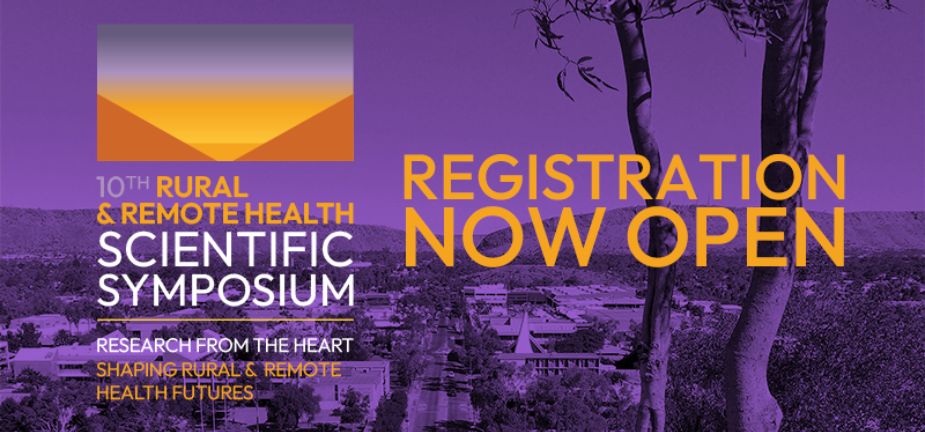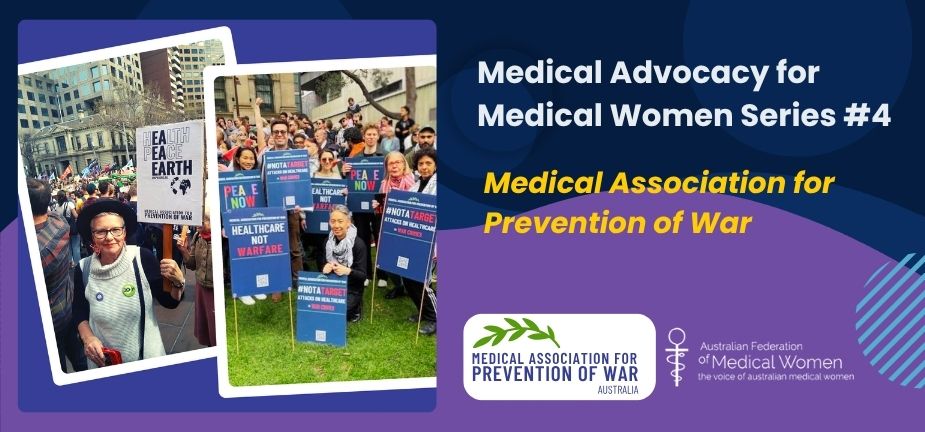Background
As part of the MWIA Centennials celebrations held in 2019, a compilation of recipes was published.
AFMW responded to the following invitation by Dr Eleanor Nwadinobi, then MWIA President-Elect: “In line with MWIA aims and objectives to align with the sustainable development goals, we are encouraging members to develop a recipe around the sustainable development goals, and food insecurity. Your recipe should reflect for example, how it will be useful to ageing citizens in Aged Care homes, homeless people on our city streets or refugees and internally displaced persons and migrants in camps”
AFMW Submission
Ingredients:
- Fill a basket or a bag with non-perishable food items as in the photo.
- You may like to donate directly to individuals, or donate the same sort of goods to the annual drives that the various charitable organizations highlight particularly at Christmas time – a traditional family time in many countries, and a time when the loneliness and poverty of homelessness is even more keenly felt
- A useful kit could contain muesli bars, fruit snacks, cans of beans, corn, tuna or fruit. It’s best if the cans’ lids have a ring top pull.
- Gift certificates for supermarket or fast food chains are extremely useful in a care kit
- As well, basic toiletries are invaluable in a care kit
Directions and preparation time:
- Minimal if purchases are made at the time of usual household shopping
Other relevant information (eg origin or story behind the recipe):
- The recent census in Australia indicates there were about 116,000 people homeless on Census night in 2016. This is probably a significant under estimation, given it’s unlikely to reflect couch surfers, people staying with friends or even in temporary refuges, shelters or caravan parks.
- Homelessness in Australia disproportionately affects women and children, and its major cause, in their case is domestic violence. Children and adolescents are caught up in the issue of homelessness and often escaping from family violence. Rough sleepers and street beggars and buskers on the streets of our major cities are usually only the visible homeless.
- Food insecurity is an extension of this, and whilst the homeless are certainly almost always hungry and looking for food, food insecurity extends to far more Australians than those that are homeless
- Every year at Christmas time in Australia, our news outlets show politicians and celebrities waiting on tables serving homeless people Christmas fare. This probably causes little harm but indicates sympathy rather than empathy.
- Real solutions are far more challenging and are related to the politics of inequality. For women and children, addressing food insecurity is in part addressing and preventing family violence
- For the charities that tend to the homeless all year round, the volunteers at Christmas are often of little value. What these charities need to help support and feed the homeless is financial donations or the large donations of food that come from organizations such as Food bank and Ozharvest










